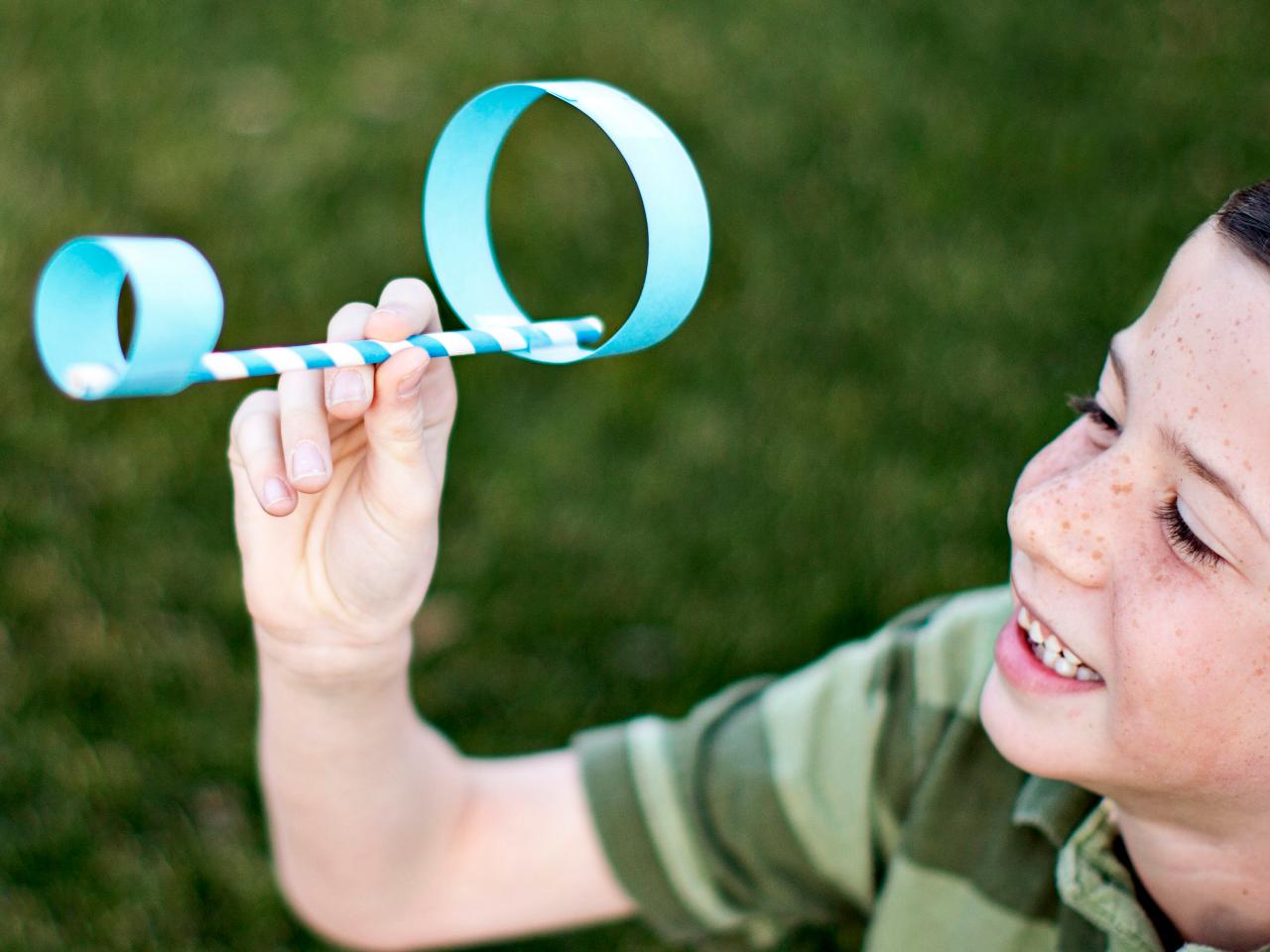Last time at STEAMology...
How’d you do that?
Thaumatropes: a card with
different pictures on opposite sides, as a horse on one side and a rider on the
other, which appear as if combined when the card is twirled rapidly, thus
illustrating the persistence of visual impressions. I had 3 different patterns
to pick from. Using colored pencils, the kids colored the pictures first, then cut them out. Using tape and a pencil, they will attached the
pictures, back to back to the pencil.
Twist pencil and Tada!
| Click on the butterfly picture to print and make your own. |
*Science of the Thaumatrope
·
The
thaumatrope was invented by an English physician named J. A. Paris in 1826.
It’s credited with being the first cinematographic
device and shows us something interesting about how the eye works!
·
The
retina of your eye sends visual information back to your brain. The channels of
communication, though, are not infinitely fast. An image produced by the retina
in response to stimulation lingers for one-tenth to one-twentieth of a second.
Physiologists call this “the principle of the persistence of vision.”
·
The
thaumatrope fools your eye by switching images faster than the
tenth-of-a-second limit, thus merging what are in fact two separate images into
one visual impression.
Magnetic Match Rings: Using pattern cards , the kids tried to duplicate the
patterns with the rings. After some experimenting they were able to make them “spring”
by pushing down on repelling magnets and then letting go.
Questions:
1.
Why do some stick together and some do
not? (north and south poles)
2.
Is there a difference in the colors
used? (no)
3.
Are the magnets just floating? (magnetic force field)
4.
Will they still be attracted to each
other even in water, even in sand? (yes)
5.
What other types of materials are
attracted to magnets, what is not?
*Science of the Magnetism
·
Magnets have at least one North Pole and one South Pole.
·
Poles of magnets that are alike repel
·
You need a positive (+) pole and a
negative (-) pole in order for the magnets to pull together or “attract”
·
Magnets
are objects that produce an area of magnetic force called a magnetic field.
·
Magnetic
fields by themselves are invisible to the human eye.
·
The
Earth's core is believed to be a mix (alloy) of iron and nickel, giving the
Earth its own magnetic field.
 Flight School: Everyone got a chance to construct different styles of
Flight School: Everyone got a chance to construct different styles of
paper airplanes and then fly them threw the
“Flight
School Training Board”.
*Science of the Paper airplane
No
one knows for sure when the first paper airplane was created. Sometimes,
historians give credit to Leonardo da Vinci. However, paper folding and kite
making were both popular in Asia hundreds of years before that, so it’s likely
the first paper airplanes may have been made long, long ago. In Japan, the art of folding paper is called
origami. Some people call the art of making paper airplanes aerogami. The Wright brothers also used paper airplanes
to test out their theories about flight before making their first flight.


Check us out!




No comments:
Post a Comment